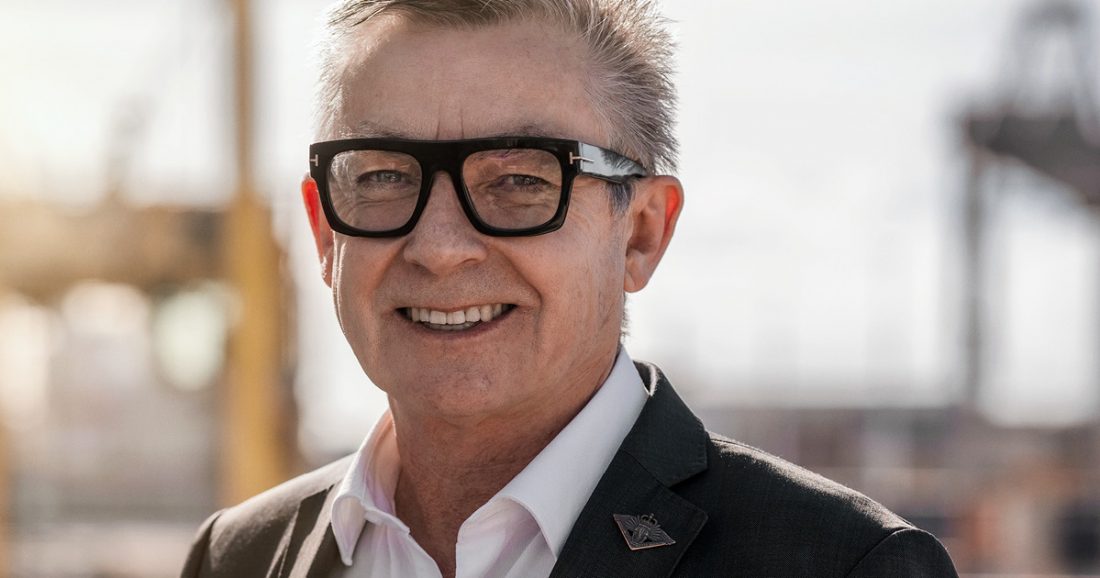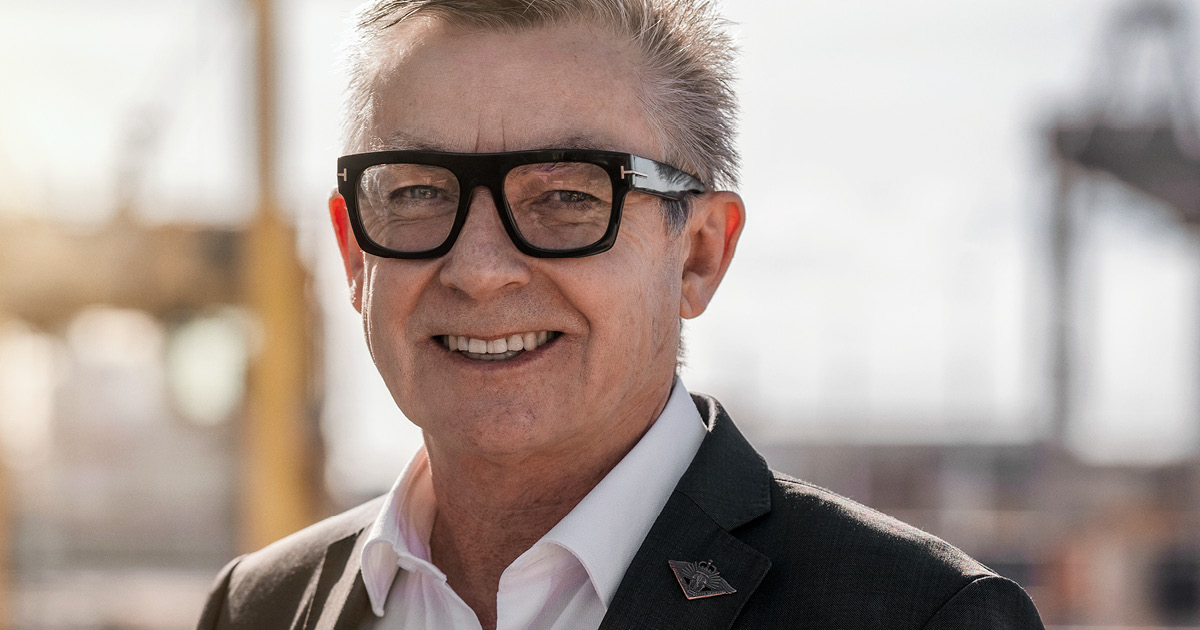Harbor cities traditionally maintain an ambivalent relationship with their cargo ports. On the one hand, docklands are essential to the ebb and flow of much-needed products; on the other hand, they are often regarded as murky harborside havens of industrial unrest.
By reforming and innovating the way New Zealand’s Port of Auckland (POAL) operates, CEO Roger Gray has dedicated himself to presenting Aucklanders with a home port of which they can be proud.
“We’ve made a commitment to the community that we won’t expand,” Gray tells The CEO Magazine. “We are located right bang at the bottom of town and are cognizant of the fact we can’t reclaim any land.”
In fact, POAL has done the opposite. Over the past 25 years, it has handed back more than 125 hectares to the City of Auckland – freeing space for successful urban developments, including the harborside neighborhood of Wynyard and the hospitality hub of Viaduct Harbour.
Looking High and Low
Nevertheless, POAL remains New Zealand’s largest import port, handling more than 800,000 shipping containers per year. Where does it find room for its ever-increasing cargo?
“When you are fixed in your block of land you go up, which means we are now stacking containers four levels high,” Gray says. “We can increase that to six to eight containers high. I think that’s the sort of initiative we’ll be triggering in the mid-2030s.”
Precision stacking like this is made possible with a complex array of lifting equipment, including gantry cranes and straddle carriers. “Konecranes is one of our major equipment suppliers,” Gray says. “We have a long-term partnership with them, which has been critical.”
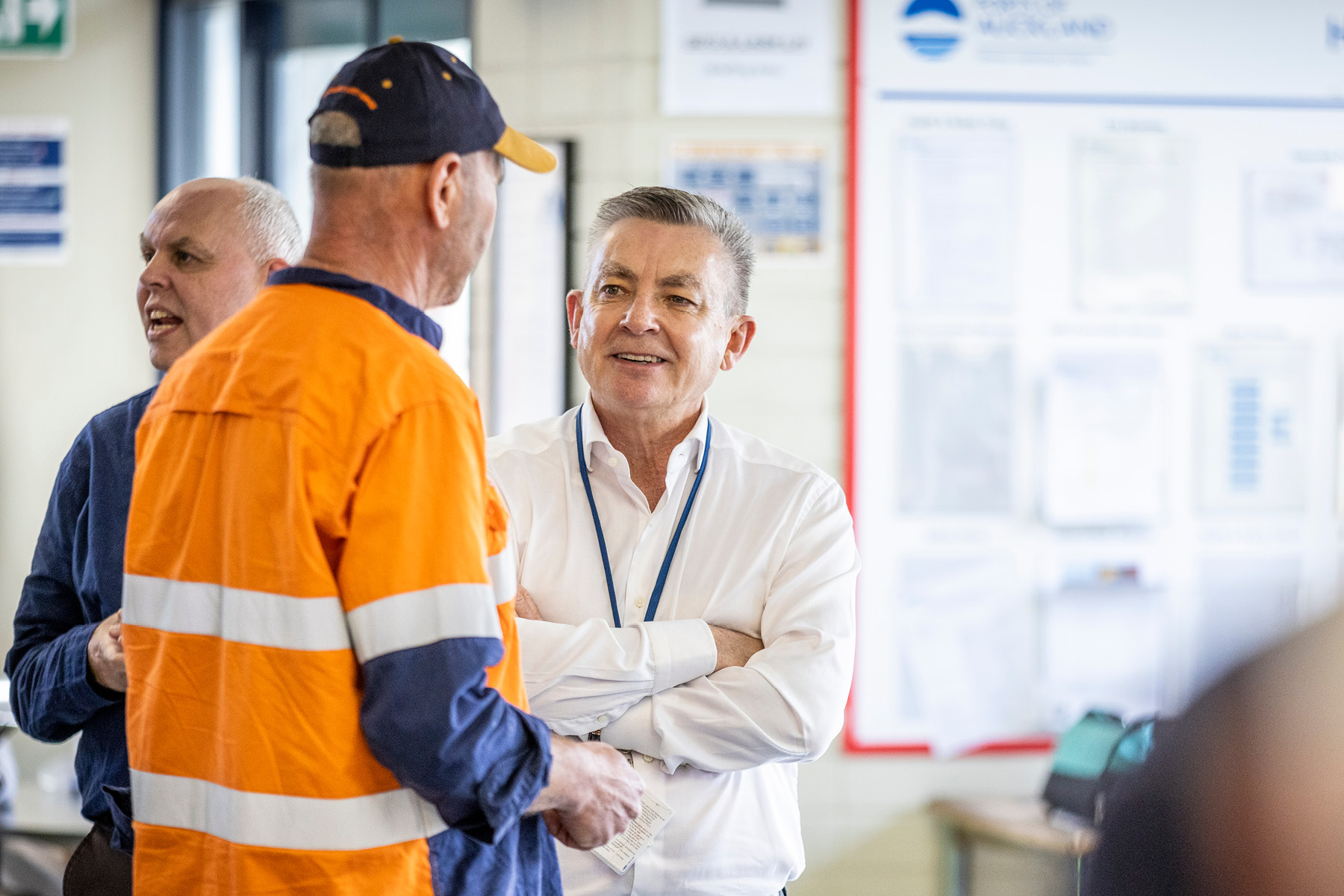
“The partner we’ve worked hardest with on building a collaborative relationship is our people.”
Gray is also gazing down, with plans to dredge 15 meters into Auckland Harbor. “Larger ships capable of carrying 10,000 containers are now coming into New Zealand, and we need to have the draft to bring them alongside.”
POAL is a facility that runs 24/7, every day of the year. With almost 800 staff and up to 2,000 other workers engaged on its grounds, it is a hive of activity boasting four terminals.
“As well as the container terminal, we have a multi-cargo terminal and a roll-on-roll-off terminal – for cars and trucks and so forth,” Gray says. “We are also in the process of planning a terminal for the cruise ships.”
He contends such diverse traffic gives his business economic resilience. “It’s a mixed and varied port, and if one terminal is down, normally one of the others is up.”
Solution-Focused
Gray has held the position of CEO at POAL for over two years. Considering the enormity of the various tasks at hand, it would be natural to wonder what compelled him to step into the role.
“It was probably the highest profile turnaround in the country,” Gray says. “Under previous leadership the port had significant fatalities and staff injuries. Furthermore, the automation project wasn’t delivering for customers.”
“The driving force in taking it on was the challenge of fixing those issues.”
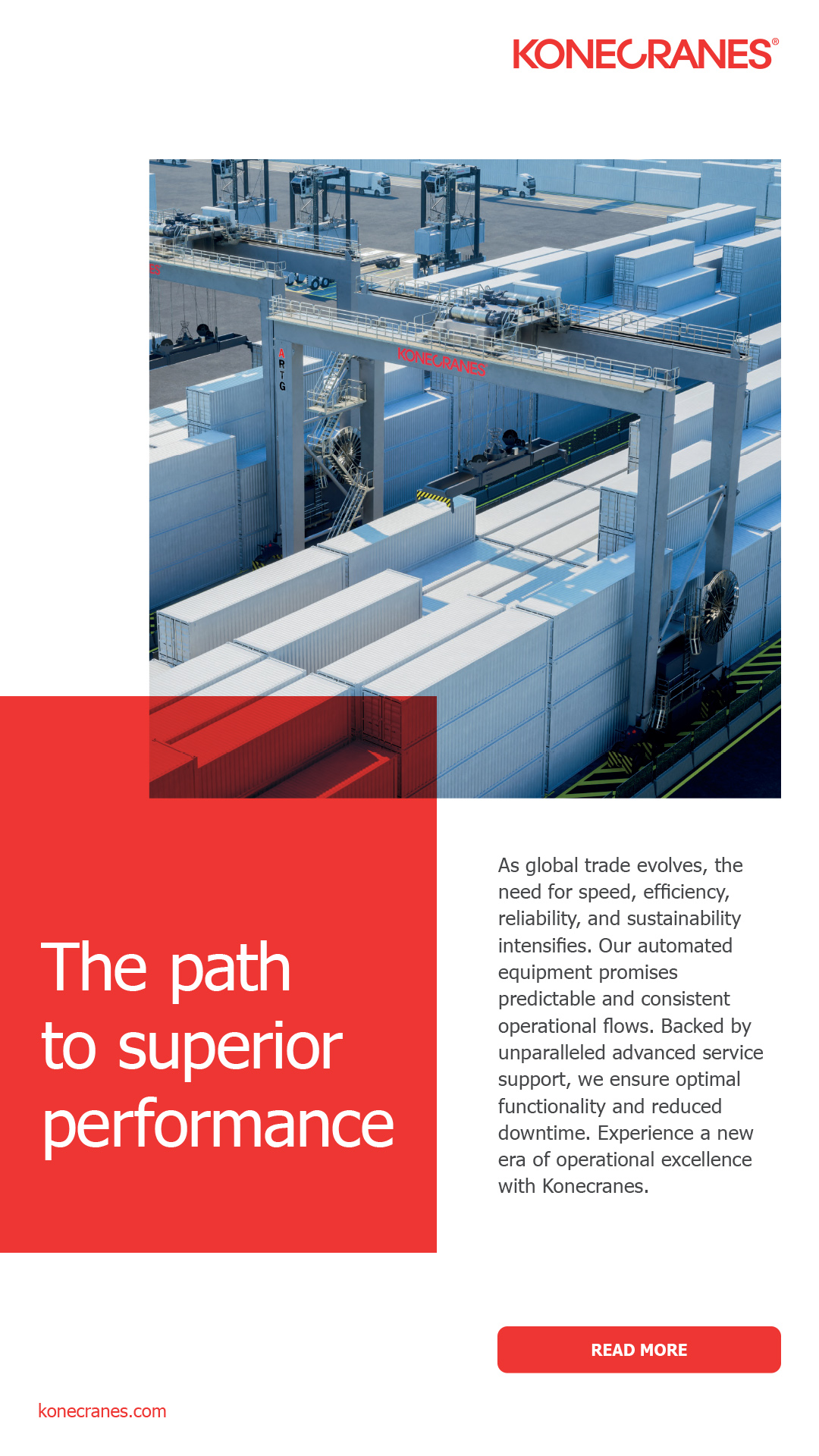
Advertisement
One issue Gray is focused on fixing is POAL’s impact on traffic congestion in Auckland’s CBD, due to the high number of trucks transporting goods from its terminals. “We are currently working with KiwiRail to increase rail capacity off the port,” he says.
Another ongoing challenge has been wharf culture. “The port sector is traditionally an adversarial area for management, with staff represented by highly aggressive and militant unions,” Gray says.
This led him to search for a win-win solution. “We’ve moved on to what we call an interest-based collaborative model, where unions are brought into the decision-making cycle, and workers closest to the problem solve the problem,” he says.
“Collaboration is one of our core values, and it would be fair to say the partner we’ve worked hardest with on building a collaborative relationship is our people.”
A Community Citizen
Sustainability is also a core value for POAL. “We are doing a lot of work on decarbonizing our equipment,” Gray says.
To this end, POAL became the world’s first cargo port to commission a full-size electric tugboat, listed by Time as one of the top inventions of 2022 and christened “Sparky” by Aucklanders.
‘‘Sparky is a very important part of our journey to decarbonization,” Gray says. “But for us, sustainability is not carbon-only. It’s also about improving our harbor health.”
“We’re doing lots of work with local Iwi [Māori tribes] and community groups, which resulted in us pledging NZ$1.5 million [US$940,000] for a restoration trust over the next fifteen years.”
For Gray, social responsibility is of equal importance. “We have a workforce that’s 25 percent Pacific Islander and 10 percent Māori. For many of them, English is not their first language. So, we’ve been running a voluntary initiative on literacy.”
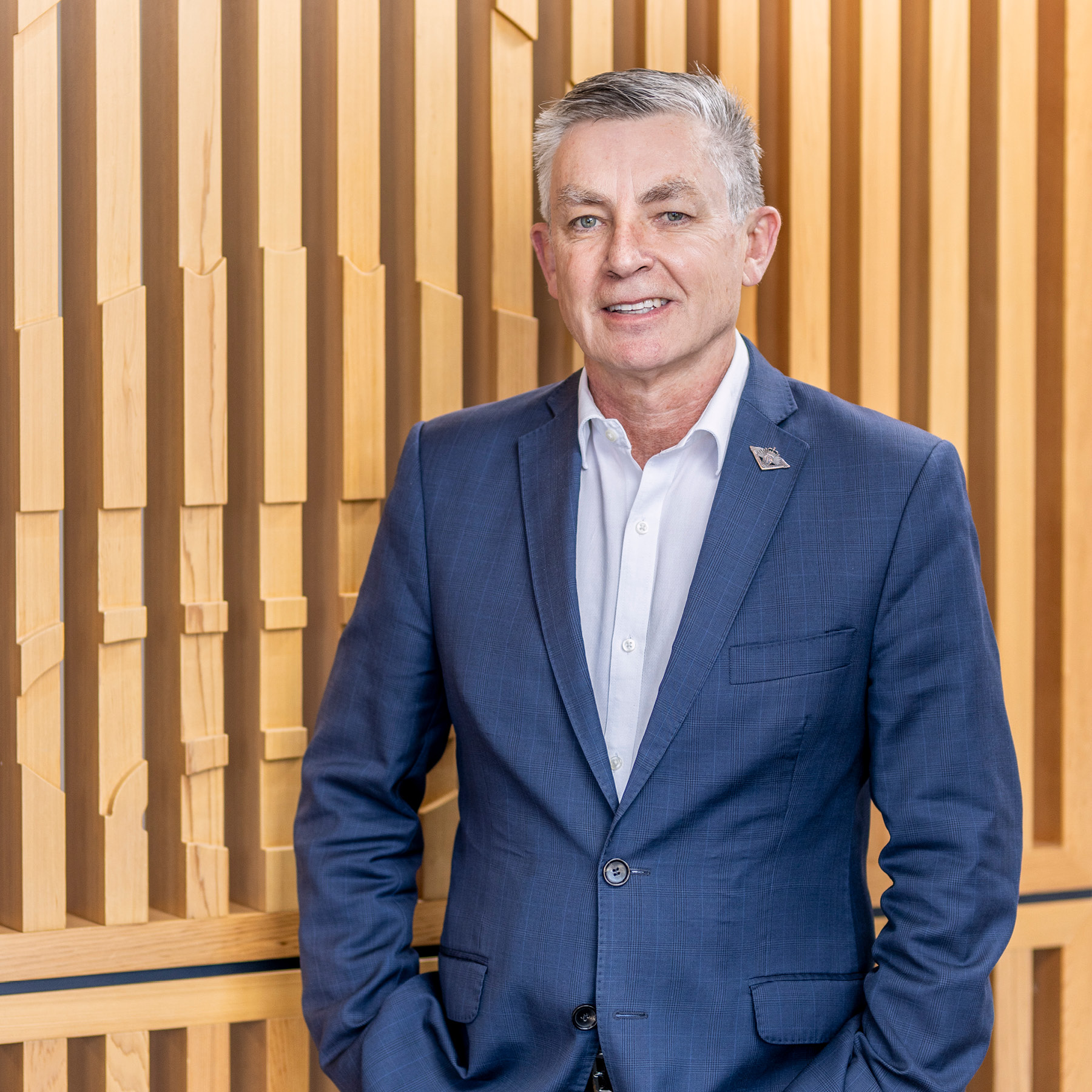
“We are doing a lot of work on decarbonizing our equipment”
“There’s nothing nicer than hearing a team member say, ‘I can help my daughter with her homework now because I can read what she’s doing’,” he says proudly.
Gray’s corporate philosophy is all about fundamentals. “The key thing for me is that back-to-basics approach where you deliver for your stakeholders: the customers, the shipping lines and the transport companies.”
“But it’s also about the people of Auckland. We need to be a good community citizen.”
Gray is under no illusion his port can remain on its current site indefinitely. “We are of the view the City of Auckland will need us here until they have to absorb our land with the natural growth of population,” he says.
Nevertheless, with the initiatives he has put in place, he seems satisfied POAL will remain where it is for some time yet. “There’s absolutely no reason we can’t continue delivering for Aucklanders for another 40–50 years.”

